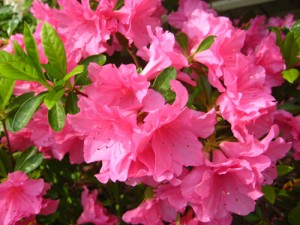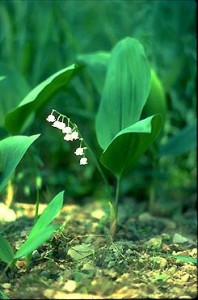Plants poisonous to kids
Posted on January 14th, 2010 by Phuong
Some of the most common and ubiquitous Northwest plants such as azaleas are also toxic, especially to children who put all kinds of objects into their mouths.
Poison control experts recommend knowing the botanical names of plants you have in your house and in your yard, labeling them, and supervising children near them. With some plants, just one bite could be dangerous, or only the seed, leaf or bark are toxic. Meanwhile, some plants require ingesting the entire thing to cause serious concerns.
Some of the prettiest plants in the yard are also the most toxic and can cause serious illness or death if ingested, according to the Washington Poison Center. Call the center immediately at 1-800-222-1222 if this happens. The center rates plants on a toxic scale of 1 to 4. Plants that are most toxic include daphne, foxglove, lily-of-the-valley, as well as castor bean, elderberry, periwinkle and yew berry.
Some plants such as amaryllis, juniper and skunk cabbage rate a “2” because they may cause minor illnesses such as vomiting or diarrhea if ingested. For other examples of non-toxic and toxic plants, go to the Washington Poison Center list.
Experts provide these tips:
- Know the names of your houseplants and trees and plants in your yard. It’s very difficult for someone to know plant names from a description over the phone.
- Teach kids not to put leaves, stems, nuts, mushrooms and other garden objects into their mouths.
- Never eat a wild berry or mushroom unless you’re certain of its identity.
- Supervise kids near poisonous plants.
Filed under:Seattle Landscape Maintenance | Permalink |





